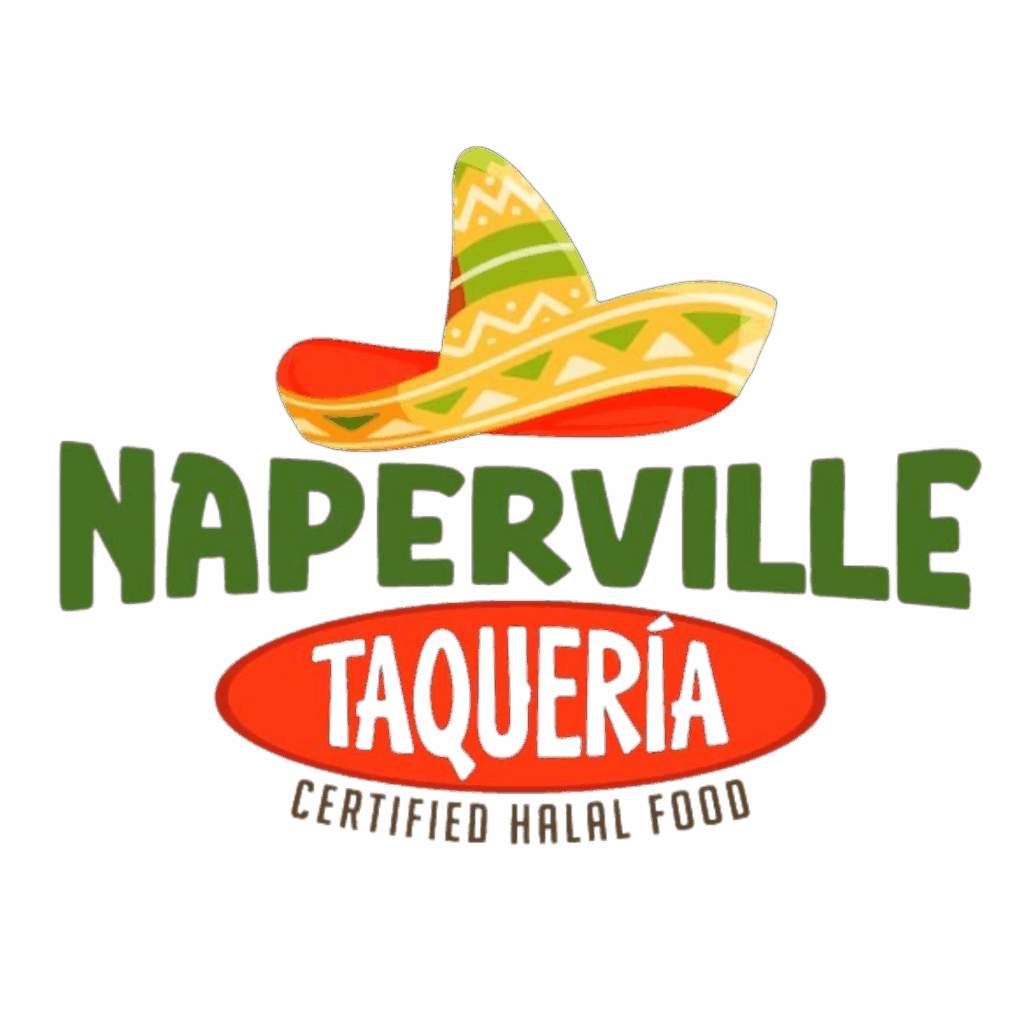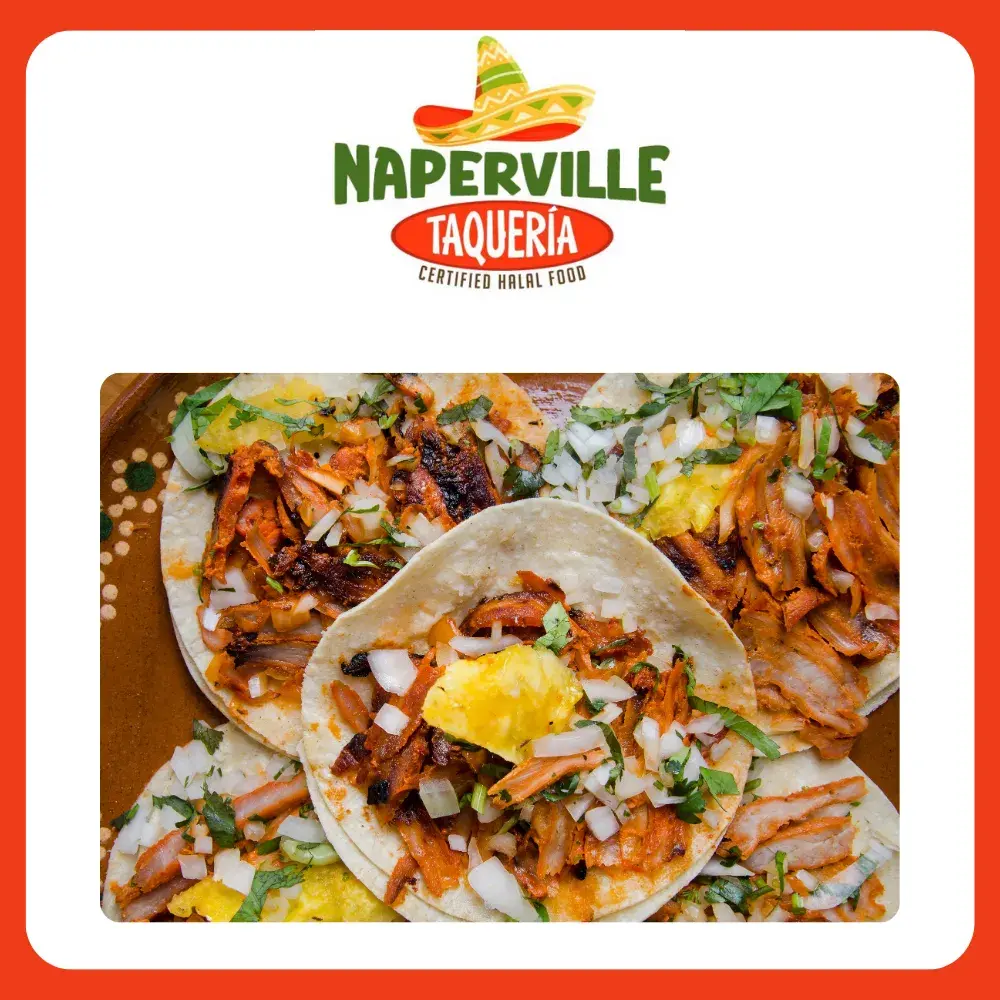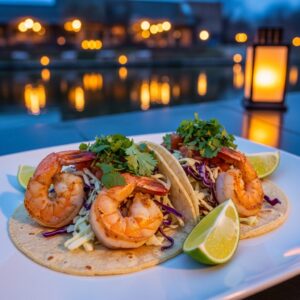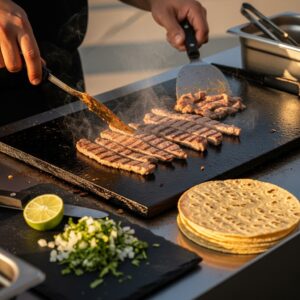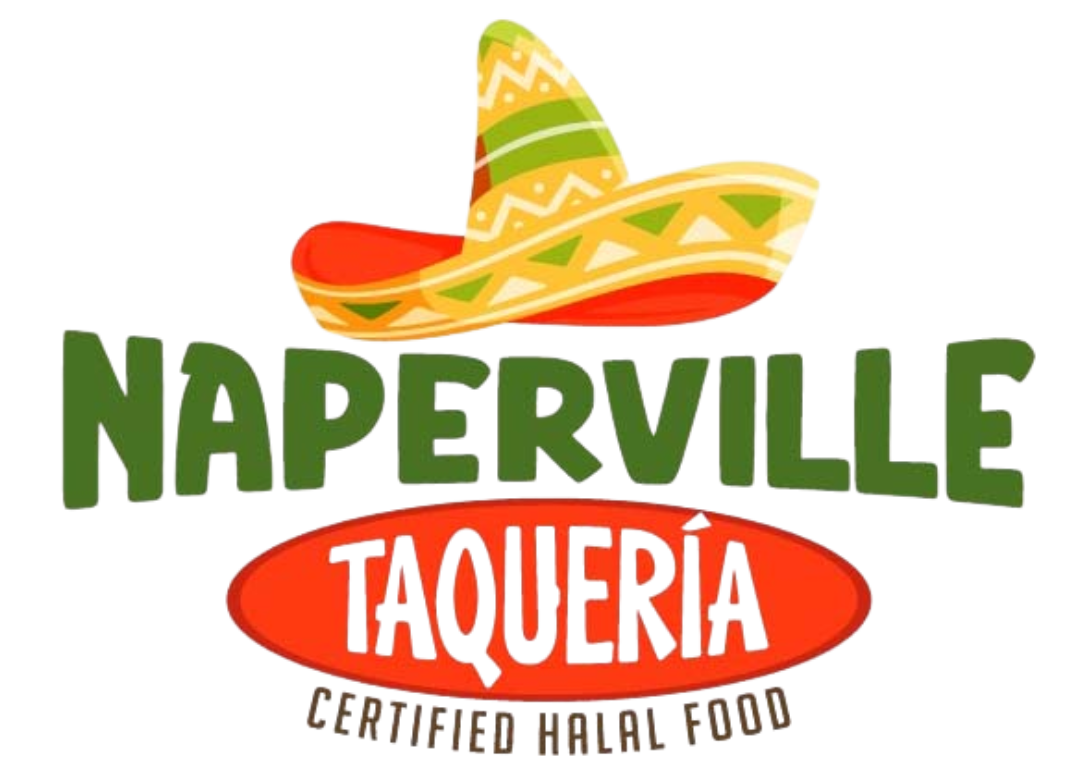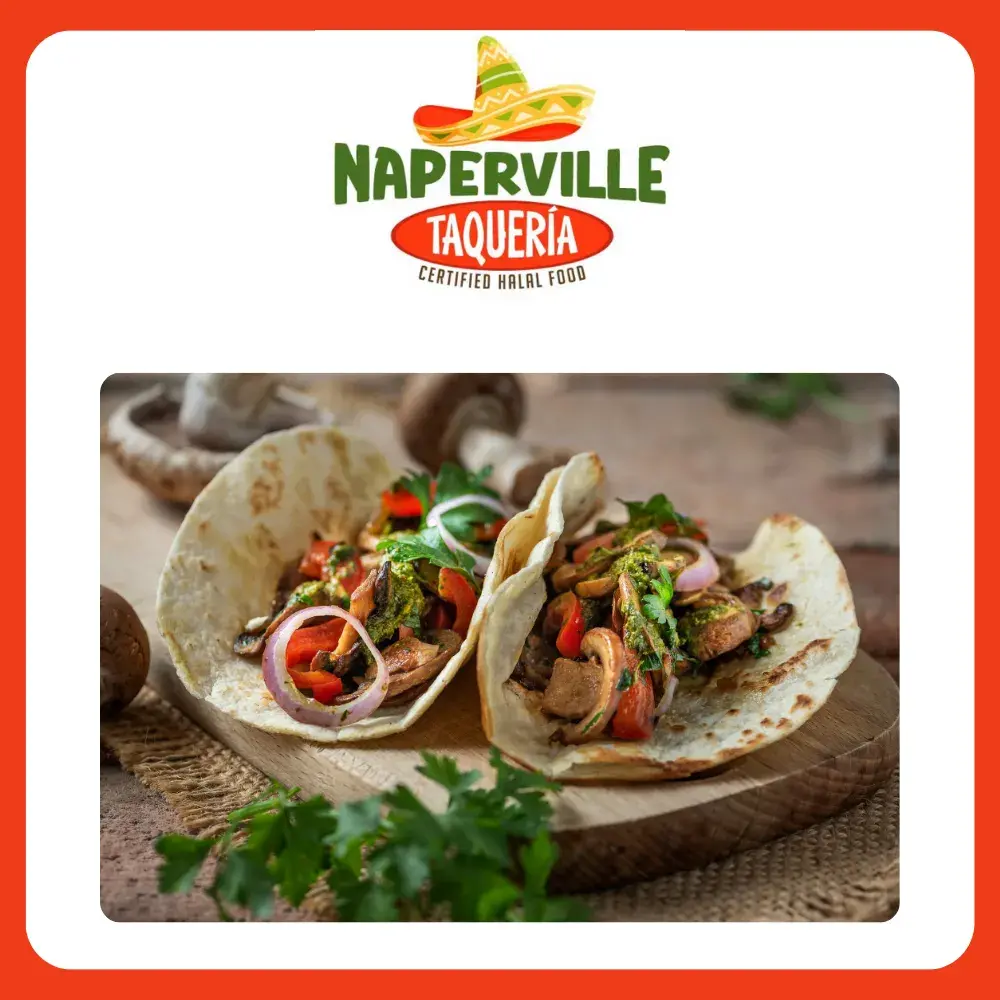Tacos are one of the most beloved dishes in the world today, but their roots lie deep in the indigenous cultures of Mexico. Long before modern tacos became popular, early versions were crafted using native ingredients available to pre-Hispanic civilizations. These ancient ingredients not only shaped the flavor profiles of early tacos but also defined their cultural significance. Let’s explore how indigenous ingredients played a pivotal role in the creation and evolution of tacos.
Corn: The Foundation of the Tortilla
Central to the indigenous influence on tacos is corn, a staple crop in ancient Mesoamerica. For thousands of years, native peoples of Mexico cultivated corn, or “maize,” which formed the foundation of their diet. The tortilla, made from ground corn, was a versatile base for early tacos. The process of nixtamalization—cooking corn with lime—made it easier to digest and more nutritious. Tortillas were used to wrap simple fillings, creating a portable and nutritious meal that is the ancestor of today’s tacos.
Beans and Squash: Native Staples for Early Fillings
Alongside corn, beans and squash were essential ingredients in indigenous diets, often referred to as the “Three Sisters” of Mesoamerican agriculture. These crops were frequently paired together, providing vital nutrients and forming the basis of early taco fillings. The simplicity of these ingredients allowed for a nutritious meal that sustained ancient populations. By using what was locally available, indigenous communities created early tacos that were both practical and packed with the energy needed for daily life.
Chili Peppers: Adding Flavor and Heat
Chili peppers were another critical component of early tacos, adding both flavor and nutritional value. Indigenous people cultivated various types of chilies, using them to spice up their dishes and preserve food. Chili peppers were often mashed into salsas or roasted to enhance the taste of the fillings inside the tortilla. This early use of chilies contributed to the bold, complex flavors that define modern tacos. Even today, the presence of chili peppers in tacos is a direct link to Mexico’s indigenous culinary heritage.
Wild Game and Fish: Early Protein Sources
Before the introduction of domesticated livestock by the Spanish, indigenous peoples relied on local protein sources such as wild game, fish, and insects. These ingredients were commonly used in early tacos, wrapped in tortillas and enjoyed as part of a balanced meal. Fish tacos, still popular today in coastal regions like Baja California, are a direct descendant of these ancient practices. The use of native protein sources ensured that early tacos provided not just flavor but also the sustenance needed to support active lifestyles.
Indigenous influence is deeply woven into the history of tacos. From the cultivation of corn to the use of native chilies, beans, and wild proteins, early tacos were a reflection of the land and its resources. These ingredients created a dish that was both simple and rich, laying the foundation for the tacos we enjoy today.
Learn More
